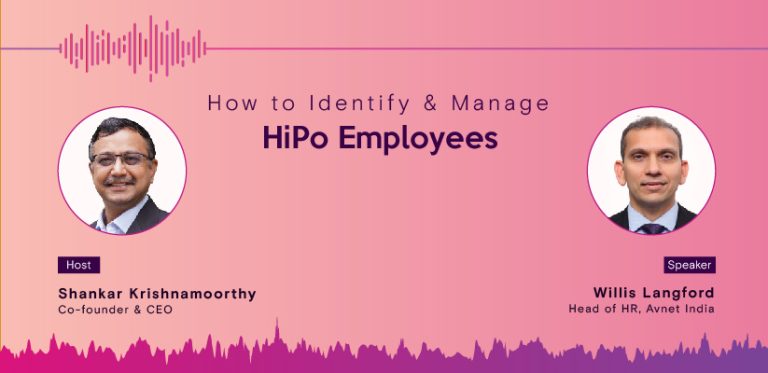


How are top companies assessing their high-potentials and senior executives? A talent management benchmark study. When companies can accurately identify HiPos, the employees who are highly able, socially skilled, and driven, they can more effectively invest their resources in developing these employees.Ĭhurch, A., & Rotollo, C. Not many employees possess all three markers. They are the ones who seek feedback from clients and managers to improve themselves, take on challenging job assignments, and are always willing to learn new things in order to accomplish tasks. HiPos tend to be proactive-they are more likely to take initiatives and plan for the future, instead of waiting until a crisis occurs to problem solve. Proactivity has become a variable of interest in the talent management literature. It can also be identified based on employees’ behaviors. Drive can be assessed by standardized personality instruments that measure conscientiousness, achievement motivation, and ambition.

An employee can excel at his/her job but may not necessarily have the desire to take on a leadership role. In a previous post, we highlight the power of collaborative networks.ĭrive reflects HiPos’ will and motivation to work hard, achieve, and do whatever it takes to get the job done. By studying employees’ networks through analyzing their email, telephone, and in-person communication patterns, companies can identify those who play vital roles in daily operations, knowledge sharing, collaborations, and relationship-building within the organization. Organizational network analysis (ONA) has been a new practice to identify high potential talent. HiPos are individuals who can establish and maintain positive working relationships, build broad networks of contacts and alliances within and outside the organization, and exert influence over a range of different stakeholders. Not only that, they also need to be able to manage others. HiPos need to first be able to manage themselves-being able to handle pressure, react constructively to adversity, and act with dignity and integrity. The second category, social skills, reflects the growing need of collaboration and teamwork in today’s organizations. Research suggests that 360-degree feedback, assessment centers, and personality inventories are some of the methods that are commonly used by companies to measure employees’ ability and determine if they do indeed have potential. Therefore, it is important for HiPos to have vision and creativity, as well as an entrepreneurial mindset. Beyond cognitive abilities, to succeed as a leader, it requires strategic thinking and the ability to adapt an organization for the long-term future. According to Harvard Business Review, there were three general markers that are indicative of high potential in employees: ability, social skills, and drive.Ībility concerns employees’ potential to assume leadership roles within the organization. In this post, we will discuss some of the common and best practices in identifying HiPos based on findings from scientific studies.


 0 kommentar(er)
0 kommentar(er)
